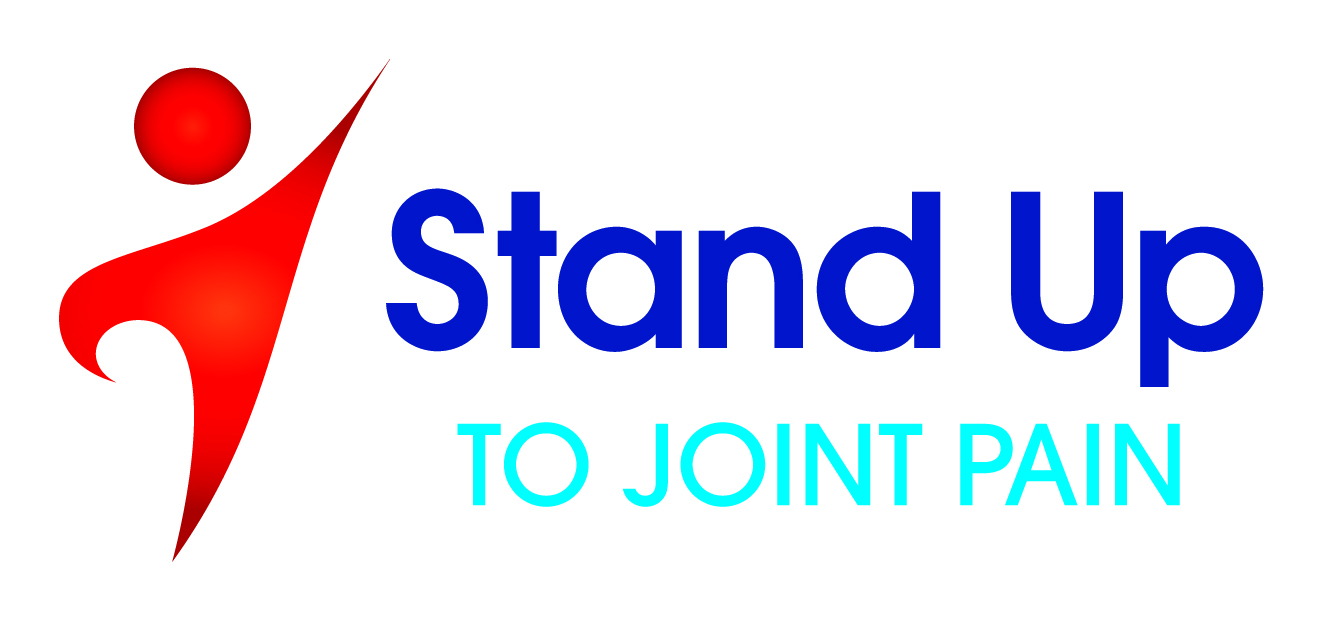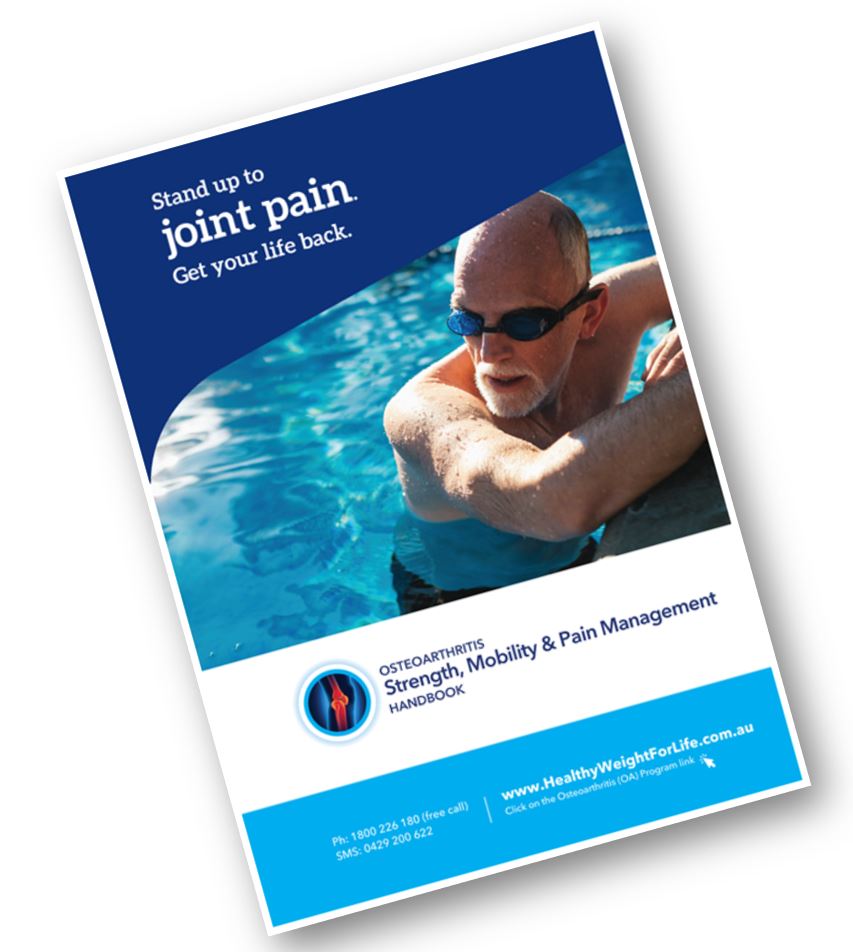
Strong lower limb muscles are an important aspect of your overall osteoarthritis management.
As you build your muscle strength and you can comfortably complete the Level One exercises and repetitions, continue on to the Level 3 exercises.
If the Level 2 exercises are too difficult you can continue with Level 1 exercises or try doing fewer Level 2 repetitions and build up over time.
Level 2 Exercise 1 - warm up
Aim: Warm up your muscles prior to doing your exercises and stretches
Level 2 Exercise 3 - standing calf raise on flat ground
Aim: Strengthen the calf muscles (lower leg) in order to walk safely and help to maintain balance to prevent falls.
(Download)
Level 2 Exercise 4 - mini chair squats
Aim: Strengthen gluteal muscles (buttocks) and quad muscles (front of thighs) to help you stand up from a chair, get up and down stairs, and walk well.
(Download)
Level 2 Exercise 4b - knee extension in sitting
(alternative exercise – if ‘mini chair squats’ are too difficult)
Aim: Strengthen quads (front of thighs) to enable you to climb stairs well, stand up from a chair, and walk independently.
(Download)
Level 2 Exercise 5 - straight leg raise
Aim: Strengthen hip flexor and quad muscles (front of thighs) to enable you to climb stairs well, stand up from a chair, and walk independently.
Level 2 Exercise 6 - heel slide with knee to chest
Aim: Improve hip and knee mobility to lessen hip and knee stiffness and to try for even more bend in your hip and knee.
Level 2 Exercise 7 - heel slide against exercise tube
Aim: Strengthen gluteal (buttock) muscles, stretch hip flexors and strengthen quad muscles (front of thighs). This will help you to get out of a chair easier, walk steadily and manage stairs better.
Level 2 Exercise 8 - clams
Aim: Strengthen abductor or outside hip muscles to provide pelvic stability when mobilising and help you to remain steady on your feet.
Level 2 Exercise 8b - lateral leg lifts
(alternative exercise - if ‘clams’ are too difficult)
Aim: Strengthen abductor muscles (outside thigh muscles) to provide pelvic stability when walking and help you to remain steady on your feet.
Level 2 Exercise 9 - seated leg squeeze
Aim: Strengthen adductor muscles or inside thigh muscles to help stabilise your hips when walking.
Level 2 Exercise 10 - hamstring leg curls in sitting using exercise tube
Aim: Strengthen hamstring muscles (back of thighs) and stretch quad muscles (front of thighs) this helps you to bend your knees while straightening your hips when walking.
Level 2 Exercise 11 - calf stretch
Aim: Improve ankle mobility and stretch calf muscles (gastrocs). This helps to assist with the “push off” phase of walking and improve your balance, reducing your chance of a fall.
Level 2 Exercise 12 - standing quads stretch
Aim: Improve knee and hip mobility, stretch front thigh or quad muscles. Tight muscles in this area will stop you from bending your knee properly and also straightening your hip, so can affect your posture, your gait and cause knee, hip and even back pain.
Level 2 Exercise 13 - groin stretch in standing
Aim: Improve hip mobility and stretch inner thigh muscles (groin) to make walking and getting up from a seated position much easier.
Level 2 Exercise 14 - hamstring stretch
Aim: Stretch hamstring or back thigh muscles to help with poor posture and to reduce hip and lower back pain.
Safety considerations
- Suggested repetitions are a guide only.
- If needed, do fewer or break the repetitions into smaller sets with a short rest in between.
- Aim to build up (over a few weeks) to doing strengthening exercise daily.
- Mild discomfort could be expected when commencing new exercises but no lasting increase in pain.
- Do not continue exercising with increasing pain or pain that is moderate to severe.
- Performing exercises too fast often reduces their effectiveness - don't be in a rush to finish, and only exercise within your physical capabilities.

